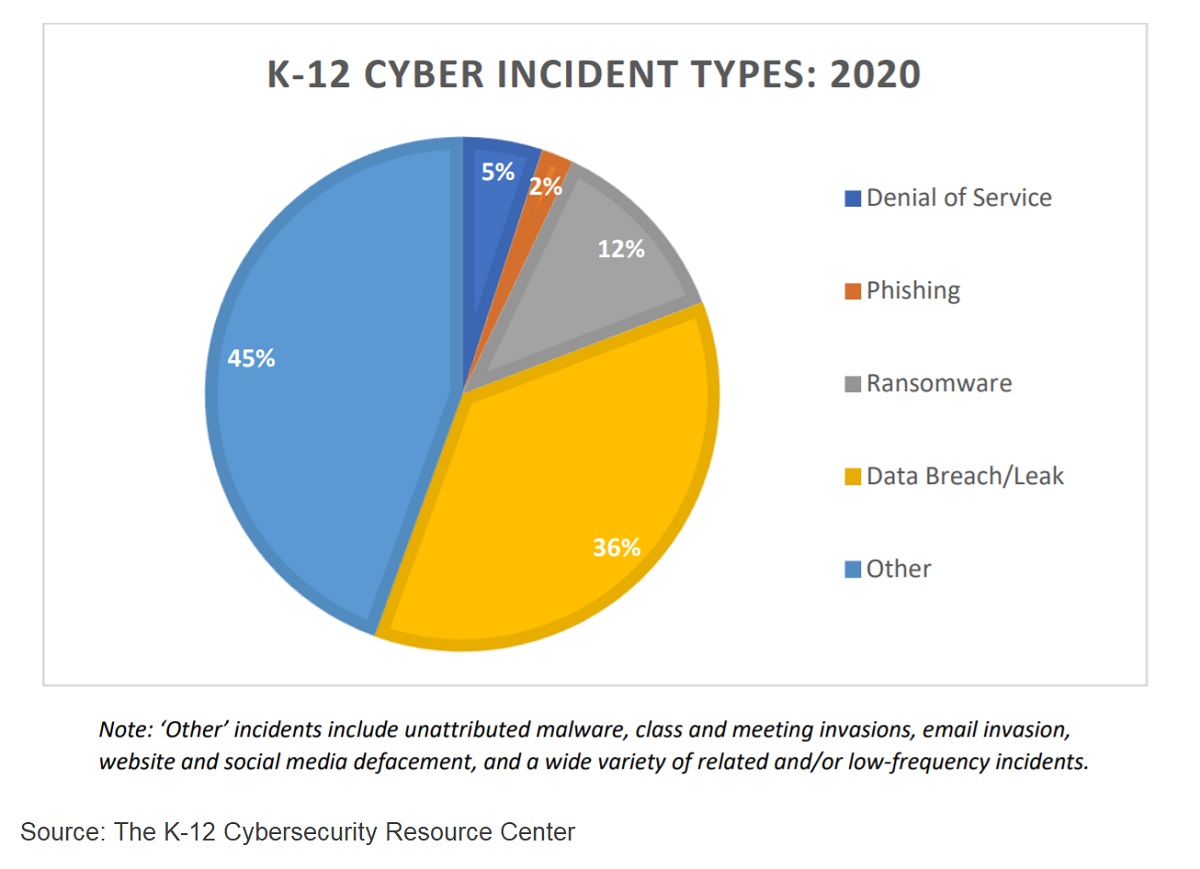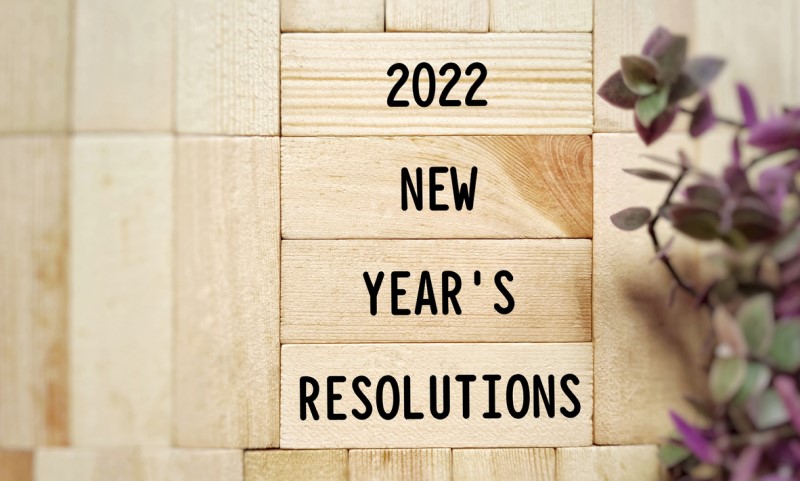The Bottom Line
Small business is important to Central Oregon, and to Mid Oregon. Find tips and resources for business, and information about Mid Oregon’s commercial services and business members.

Remote Education Security Concerns
K-12 Students and Online Learning-Schools, Parents Failing Security
Since the coronavirus pandemic struck, educating children in the U.S. became a challenge to figure out. Online, remote education is still considered the safest way for our children to learn, but it also presents serious online security concerns. Unfortunately, the quick shift to remote education resulted in an outright failure to protect students learning online. Now in the middle of a new school year, how it’s going to work is still being debated. It could include in-person, hybrid (a combination of remote and in-person), and remote education. In our changing environment, there are large remote education security concerns. The time for schools and parents to protect the online security of our students is now.

Failing Security Grades
An organization that tracks K-12 cybersecurity incidents, the K-12 Cybersecurity Resource Center, says “The public assumption that K through 12 information security has kept pace with the rest of society is wrong…School districts throughout the United States suffer from notoriously poor information security.” The organization has been tracking cybersecurity incidents with K-12 students since 2016, and to date confirms over 1,100 of these incidents have occurred.
Both schools and parents can improve online security for students with these tips provided by the U.S. Cybersecurity and Infrastructure Agency (CISA) and McAfee security.
Helpful Tips
Share information carefully. Before sharing personal information, consider where it will end up and who may be viewing it. CISA says that’s especially true for video conferencing apps like Zoom and collaboration platforms. Shared screens should have only the information needed visible. Use blurred backgrounds when possible.
Device cameras are a gateway for intruders and security incidents, according to McAfee. Disable chat when possible, and pay close attention to unintended screen sharing, instant messages, and video chats like those from “Zoombombing” incidents.
Don’t hesitate to mute all involved with larger meetings. According to CISA, “ensure you have the capability to mute all attendees and limit the ability of attendees to share screens…consider giving participants an option to participate by audio only if they have privacy concerns…”
Sharing too much information is very risky, says both CISA and McAfee. Don’t put birth dates, location, and phone numbers on learning apps whenever possible. Use a school-provided email address and login info rather than using personal accounts.
Have a vetting process, says CISA. Consider a waiting room to verify participants arriving for a remote learning class before it starts.
Require multi-factor authentication (MFA) for learning apps when possible, says CISA. It’s an easy and effective way to keep hackers out of the online learning process.
Read more “Stickley on Security” on Mid Oregon’s Security and Fraud Center page.
Read more articles on Mid Oregon’s blog about online security

Accessory Dwelling Units—What Are They?
What is an Accessory Dwelling Unit?
An accessory dwelling unit, or ADU, is an old, but simple idea—having a second small dwelling on the same grounds (or attached to) your regular single-family house. ADUs go by several names, including granny flats, in-law suites, accessory houses, or carriage houses.
What qualifies as an Accessory Dwelling Unit?
To qualify as an ADU, the unit must have a fully functional kitchen, full bathroom and living space. It may be attached to a house or garage, or it can also be built as a stand-alone unit. Typically, you won’t be able to access the primary home from inside the ADU. Also, unlike multifamily properties, which have their own separate utilities and addresses, an ADU will usually share the same utilities and address with the primary residence.
What are the benefits?
ADUs can be used in so many different ways and have great potential benefits and positive impacts for owners. Here are a few:
Increased Property Value. A separate living structure can easily raise property value and, if selling, bring more potential buyers to the table.
Housing for Elderly Family Members. The comfort of offering family members their own private space while still being close by and available is reassuring for everyone.
Hosting Family and Guests. Separate accommodations outside the main house give privacy and relaxation to all parties.
Rental Income. An ADU on your property can provide supplemental short- and long-term income.
Home Office Space. Remote work has become more common and having a space free of distractions can be beneficial.
Can I finance an Accessory Dwelling Unit?
If you are looking for ways to finance the building of an ADU on your property, you may be research construction loan options. However, some lenders may not do these type of loans for ADUs and if they do, they may not be the best option for homeowners. More popular financing options include a cash-out refinance, home equity loan, home equity line of credit or a personal loan. Discuss what financing option is best for you with your local credit union.
Whether it’s housing for loved ones or additional income, building an Accessory Dwelling Unit is worth looking into and can bring limitless value to your life.
To learn more about ADUs and home financing options, register for our upcoming free webinar presented by our Mid Oregon Home Loan team on March 17, 10:00 a.m.
Want to know more? Read additional Mid Oregon blog articles about home loans and lines of credit.

Financial New Year resolutions that are bound to stick
New Year resolutions can be difficult to keep because much of the time, we tend to aim a bit too high. Instead of declaring that we’ll exercise one more time per week than last year, we set a goal of exercising every day. It’s no surprise these resolutions sometimes don’t pan out. The key to keeping resolutions? Start small. With that in mind, here are some financial New Year resolutions that you’re likely to keep.
Save More
As CNBC reports, almost everyone can save a little more than they already are. Make this resolution stick by going through your budget and setting a realistic goal. Trim excess expenses and see where your budget sits afterward. Take those extra funds and add it to your 401(k), your emergency fund or other savings vehicles. Do it automatically once or twice a month to give it extra staying power.
Improving Your Credit Score
It’s time to increase that credit score. Make a goal to bump it up in 2022 by paying down your debt and paying bills on time. If student loan debt is holding you down, look into payment options, like income-based payments and graduated payments, the latter of which start lower and then gradually increase over time. If you have trouble keeping up with bills, set up autopayments or even reminders in your calendar.
Pay Off a Card
Want to pay off a credit card completely? Try using a balance transfer credit card. Search for a card that offers no interest for at least a year. Transfer the debt from a high interest card to the balance transfer card. Then use the money you’re saving on interest to pay down the debt quickly. Just make sure the balance transfer fees don’t eat up all of your potential savings.
This guest article is from the Your Money Blog in Mid Oregon’s Digital Banking Credit Savvy resource. It is made possible by Savvy Money. “What You Need to Know about the 2021 Child Tax Credit” by Chris O’Shea was published in January 2022.
Want to learn more about setting and achieving your financial goals in 2022? Check out our recorded webinar “Achieving Your 2022 Financial Goals“, presented on January 13, 2022.
Read additional articles about New Year resolutions and goals.
